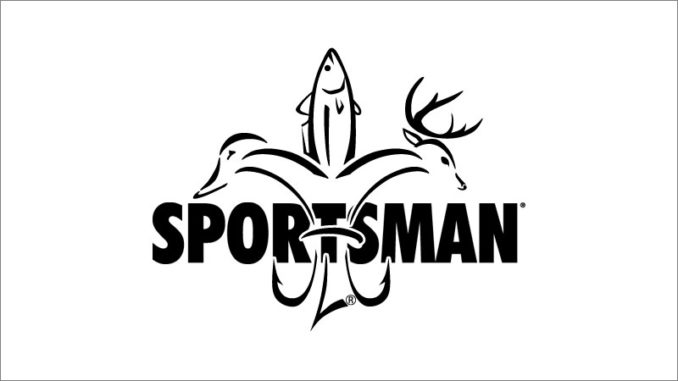
Deer hunters do a lot of planning before each season opens, but most of that effort goes into looking for deer sign, locating deer stands, cleaning out shooting lanes and making sure that bows and guns are shooting straight.
What they often overlook is a harvest plan. What are a hunter’s goal for the season, besides killing the biggest whitetail that’s ever walked in North America? It’s often a great idea to get those goals down on paper, especially this year, with South Carolina’s statewide deer herd in flux.
Everybody wants to kill a big buck. Beyond that, how many bucks of what size do you want to tag, and how many do you want removed from the land you and others are hunting?
Lots of hunting clubs have antler requirements; some are well thought-out and others are as simple as no bucks less than 8-pointers or requiring a trip to the taxidermist for any buck taken. The thought of spending several hundred dollars will often make you wary of taking that basket 8-pointer, even when you haven’t taken a single buck.
Sometimes, a simple 8-point minimum leads to the taking of some bucks that have the best potential to grow up an attain trophy status, 1 ½- and 2 ½-year-olds. It just takes common sense to know that a buck has plenty of potential. I remember two bucks in particular, one a basket 8-pointer I passed on early in a week-long trip to our family farm in Georgia that another hunter killed the last day we were in camp. That buck was an 18-month-old 8-pointer that could have become a real bruiser a year or two down the road. The other was a huge 6-point buck on a lease closer to home; it was probably a 3 ½-year-old deer, 18 inches wide, big tall tines, but obviously showing that he wasn’t going to push 130 inches at any point in his life. The 8-point minimum prevented me from taking him out at 20 yards with a muzzleloader.
With the statewide deer harvest in free-fall across South Carolina, deciding what to do about does is probably the biggest question facing hunters. Coyotes are unquestionably taking a big toll on fawns, so perhaps ideas about a big doe harvest need to be adjusted. Several years ago, a biologist advised a friend that he needed to kill 40 percent of the does he could identify via trail-cam photos and face-to-face meetings. That’s what it would take, he said, to keep the herd in balance.
Nowadays, the thought of killing 40 percent of the does on a piece of property is a frightening one, what with only 50 percent of all fawns dropped surviving their first seasons. But a projected doe harvest for a piece of property is probably something that every hunter needs to think about. Taking an extra doe or two several years ago was no problem; now, it might set your herd back to thin them out. It’s certainly worth a thought.




Be the first to comment